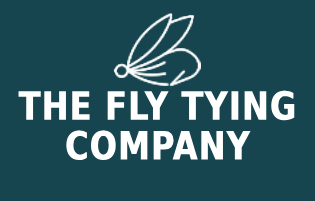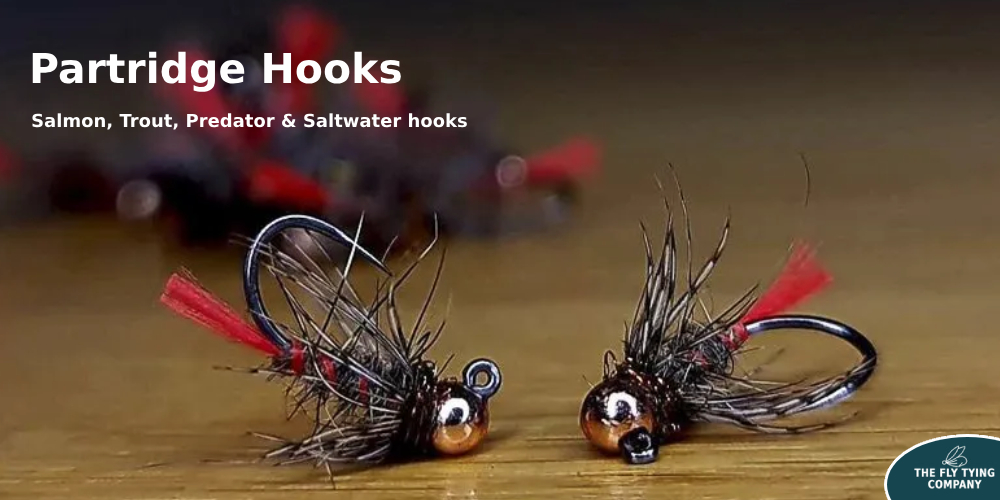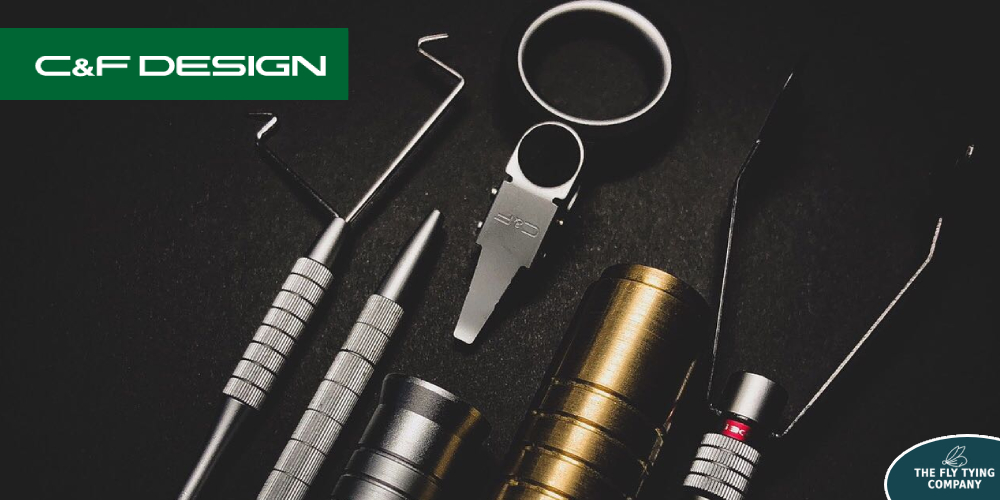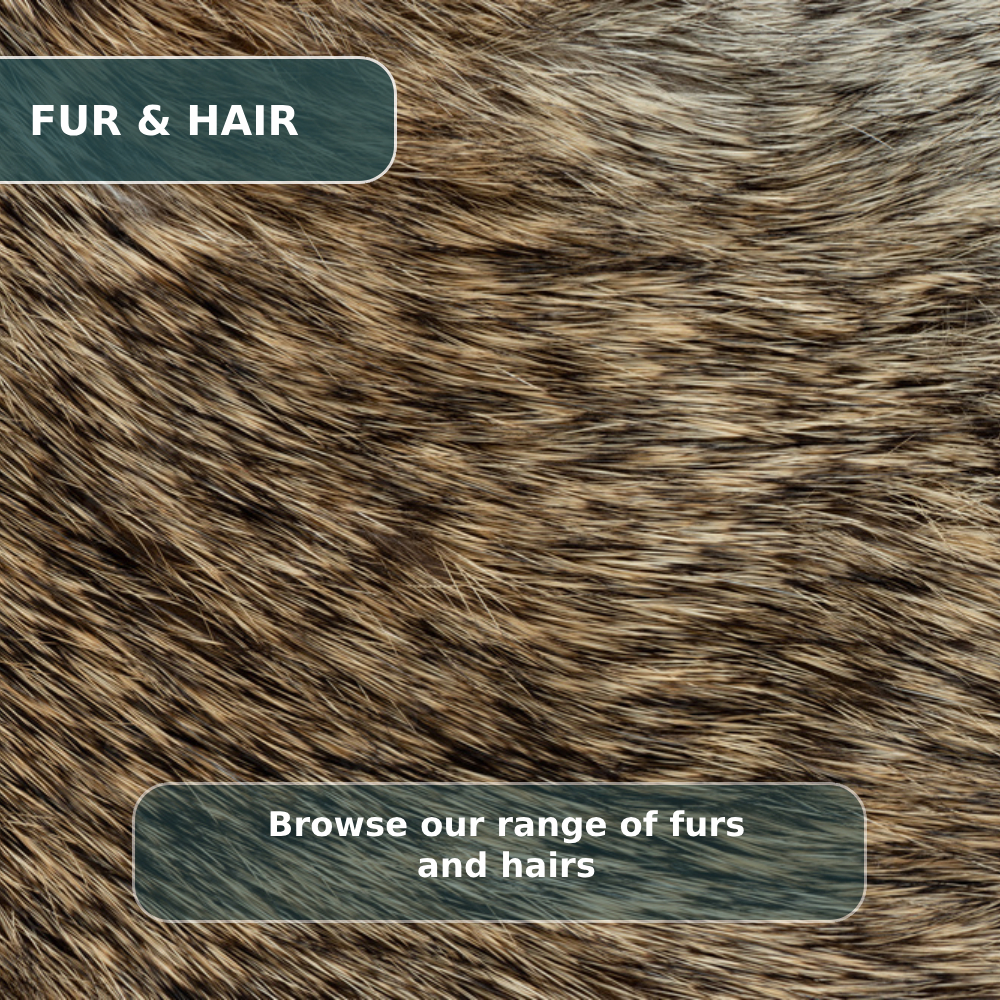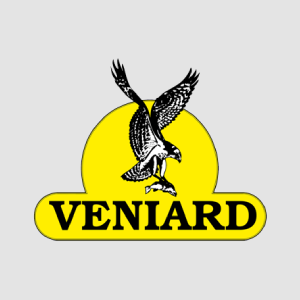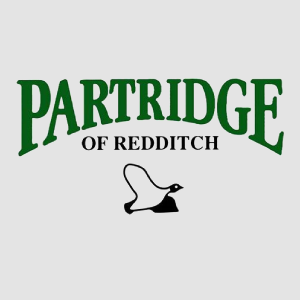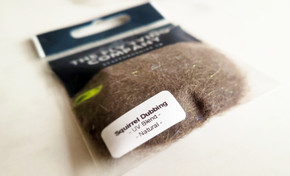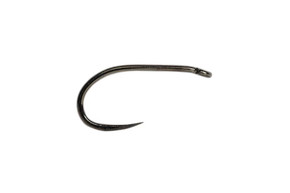
Shop New Products
Featured Products
Frequently Asked Questions About Fly Tying Materials
The basics include hooks, threads, feathers (such as cock hackle), dubbing for bodies, tinsel or wire for ribbing, and some furs or synthetic substitutes for wings and tails. These core materials allow you to tie a wide range of trout and salmon flies.
Specialist online shops like Fly Tying Company provide a full range of fly tying materials, from natural feathers and furs to modern synthetics, threads, hooks, and tools, all delivered direct to your door.
Both have their place. Natural materials such as cock hackle or hare’s fur offer lifelike movement and texture, while synthetics like flash, foam, and chenille give durability and brighter colours. Many anglers use a mix of both.
Keep materials in dry, airtight containers to prevent damp or moth damage. Using clear plastic boxes or zip bags helps with organisation. Natural materials like feathers and fur benefit from moth-proofing.
Fine threads (such as 8/0) are ideal for delicate trout flies, while stronger threads (3/0 or flat-waxed nylon) work better for salmon, predator, or saltwater patterns. Always match the thread to the hook size and fly style.
Cock hackle is widely used for dry fly hackles, hen hackle for soft hackle wets, and partridge or pheasant for legs and tails. Peacock herl and marabou are also essential for creating body and wing movement.
At a minimum you’ll need a vice, scissors, bobbin holder, hackle pliers, and whip finish tool. Good tools make handling fine materials easier and improve the quality of your flies.
